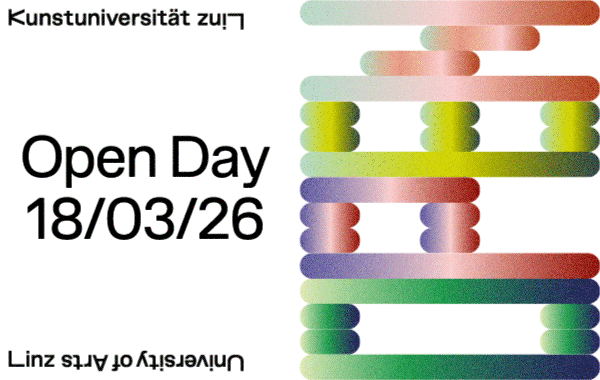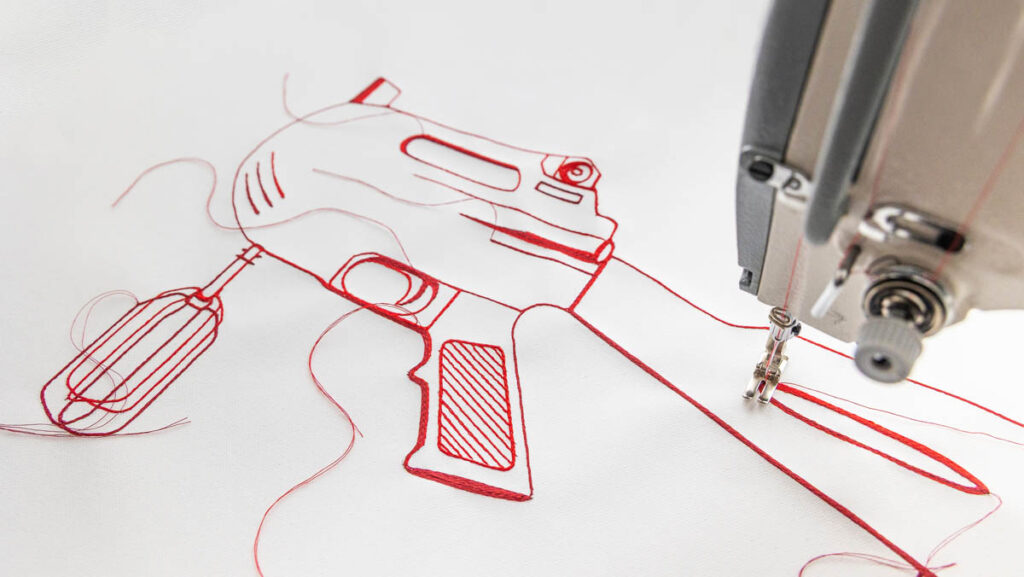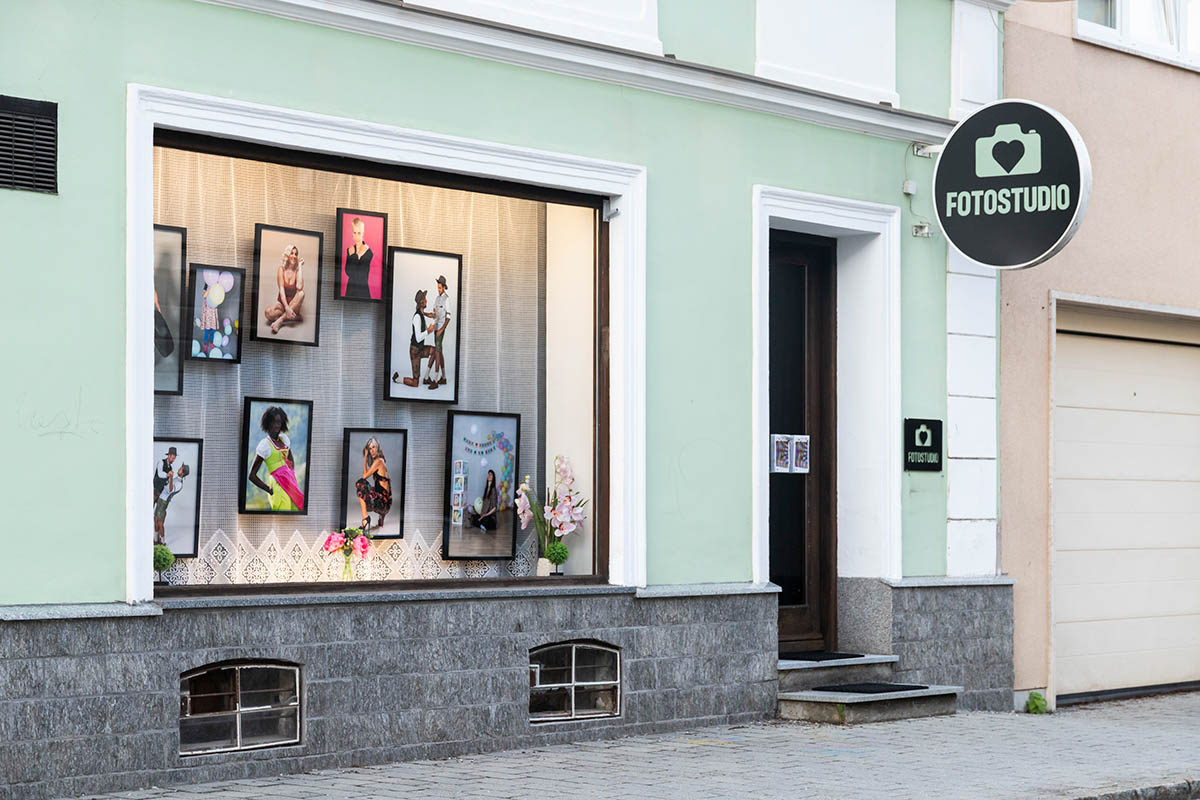
Following a successful opening, the exhibition remains open to the public until July 20, 2025, offering a unique opportunity to experience art within the urban fabric. Isabell also reflects on her involvement with the association “ent”, which champions the transformative potential of reclaiming public spaces through artistic projects like SCHAU, highlighting how art can engage communities and reshape shared environments.
Isabell, to begin very simply, can you tell us a bit about Haag? For people who have never been there, what kind of town is it?
Haag is a small town located in Lower Austria, with a population of approximately six thousand residents. It’s right on the highway, so it’s very easy to reach from Vienna, Linz, or Salzburg. That accessibility is great for us, especially since there’s a strong connection to Linz. Many of us studied there at the art university, and it’s just a twenty-minute drive away. But like many small towns in Austria, Haag struggles with a dying town center. Many shops and gastronomies have closed down over the years. You see empty stores everywhere. It used to be a lively, functioning small town with local shops; you could get everything from sausage to washing powder in the old Greißlerei, and the textile stores were on every corner. That atmosphere is mostly gone now.
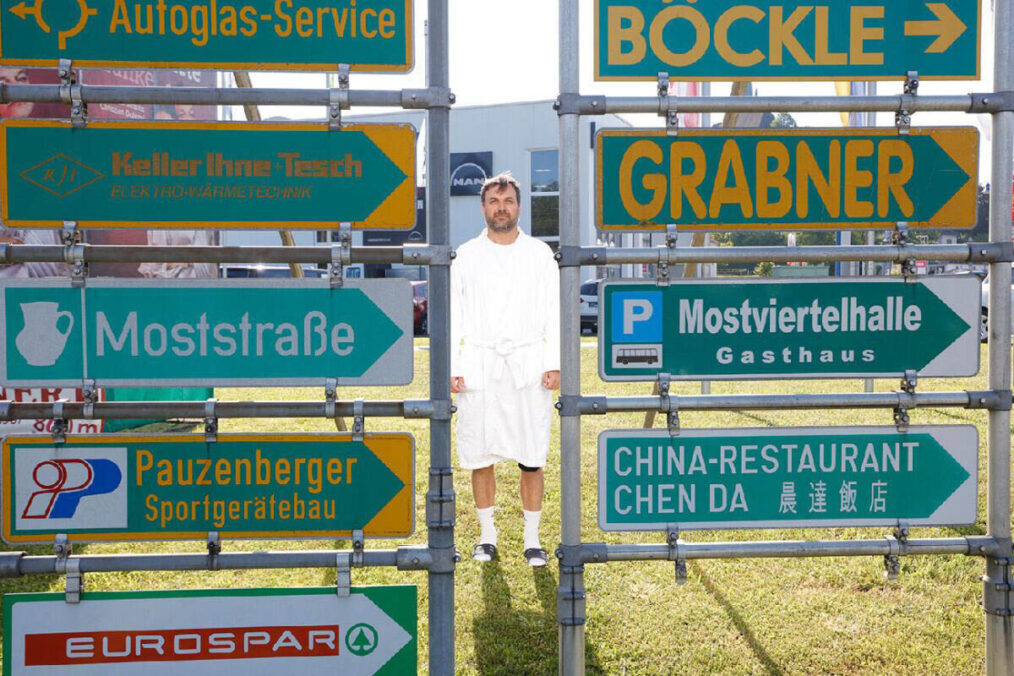
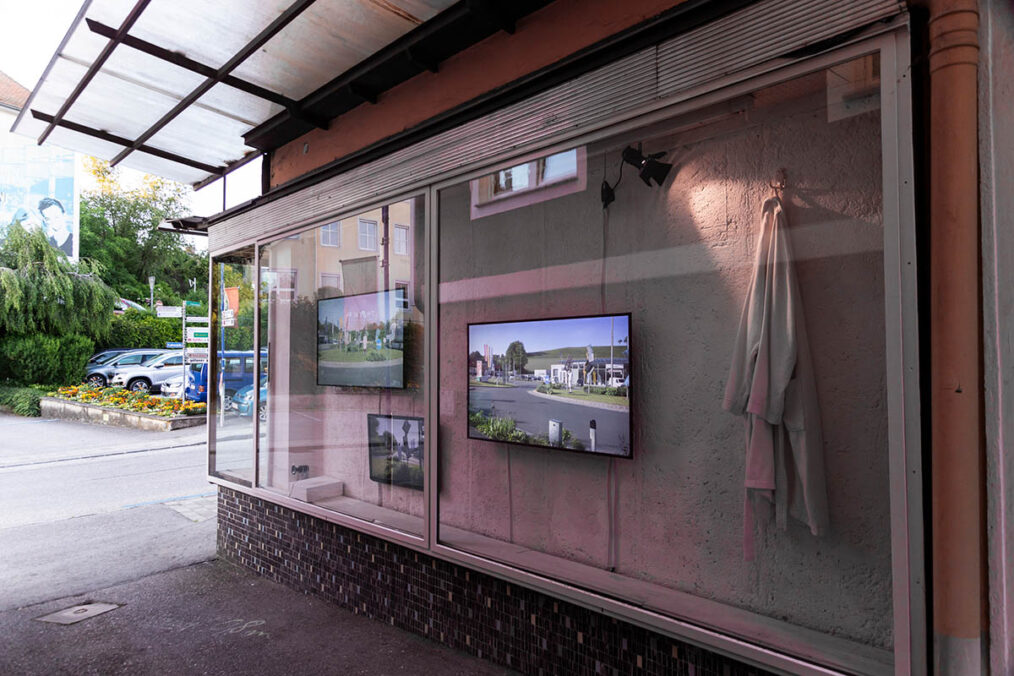
Did you grow up in the town center? If so, what was your experience like?
Yes, I grew up right in the center of the old town. My great-grandfather came from Upper Austria in the late 19th century and built a house here, where he opened a tailor shop. My parents later had a textile shop in the same house. There were many shops and small businesses like ours back then. As a kid, I remember it being full of life. There were many places for people to hang out.
But that changed over time. I left Haag when I was eighteen to study in Vienna, and when I returned to visit, I began to notice how much had disappeared. It’s sad, especially for the younger generation; there are few spaces left for them anymore.
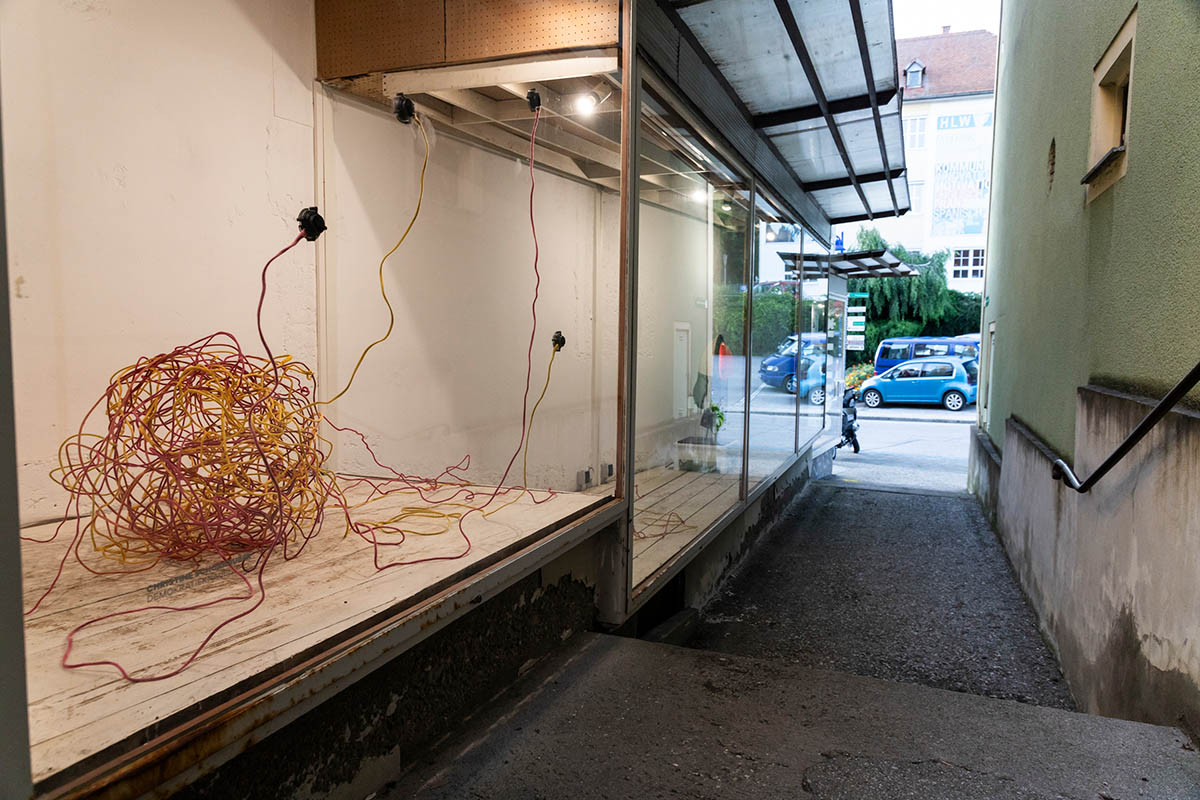
This personal history with Haag played into your involvement with the association “ent.” Can you tell us how that started?
In 2010, I had already started working on projects in small towns and became increasingly interested in using unoccupied stores as cultural spaces. I also founded an association in Vienna around that time. When Verena Mayrhofer and Reinhard Reisenzahn, whom I knew from previous projects, approached me, they were looking for a space to work initially, but that in the end developed into an association. They are both artists and cultural workers and founded the association in 2022. Verena has been active for over twenty years, and Reinhard is a sound artist/sound engineer, and this plays a crucial role when it comes to organizing events, especially in the SCHAU format.
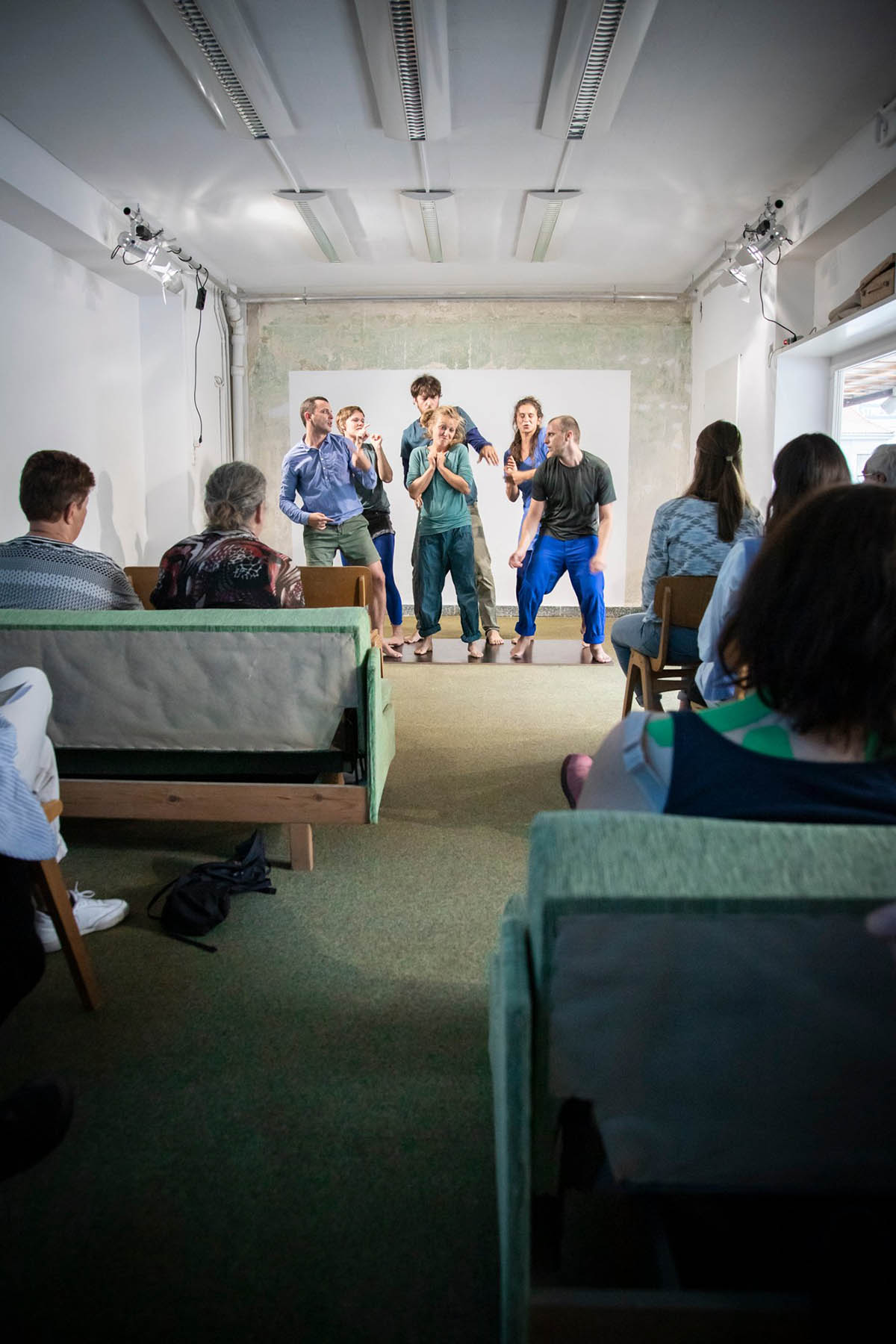
We found the perfect space: a former textile shop. Funnily enough, this is the place from which I am talking now. Back then, complete renovation was done with support from the community. Today, the association has about 70 members and a core group of 10 to 15 who are deeply and actively involved.
What exactly is “ent” doing now? What’s the vision behind it?
“Ent” simultaneously represents two distinct concepts: On the one hand, it serves as a community cultural space where we host concerts, readings and ceramics workshops, and other inclusive activities that invite residents to take part, even those without an artistic background. This connection to the community is essential to our mission. On the other hand, we are developing an international art program aimed at making contemporary art more accessible to a wider audience, particularly to those who might not typically visit museums or galleries. Since 2022, we have been running the SchauFenster (SCHAU) exhibition format, presenting artworks in vacant shop windows throughout the town.
It’s about making art seen, and taking back public space for creative expression.
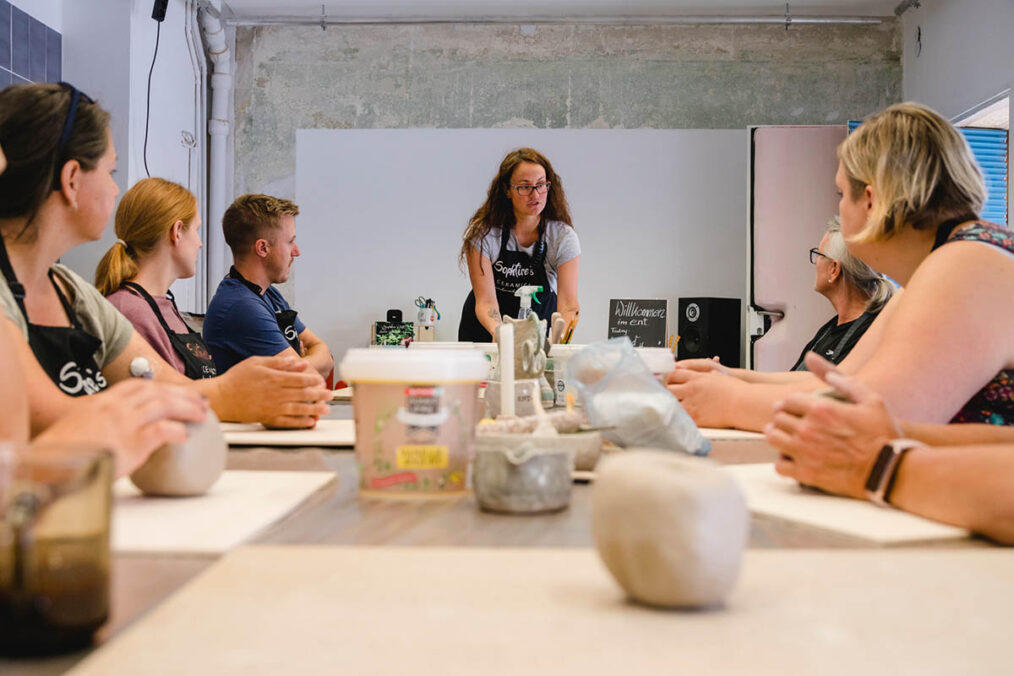
Can you talk a bit more about the SCHAU format? How does the selection process work?
The exhibitions are curated through an open call. For example, for our recent edition, which was part of the Lower Austrian art festival MOST/4, we received over 130 submissions. We always have a jury: Verena, Reinhard, and I, and at least one external curator. For the recent one, it was Dr. Julia Allertorfer-Hertel, an art historian specializing in colonial heritage, who has written numerous publications and also possesses a good understanding of the local context. We look for strong work conceptually, but also resonate with the exhibition theme. This time, the theme was Diversity, and we used the asterisk symbol (*) to the SCHAU, known from gender-inclusive language, as our guiding metaphor.
How do the installations in the windows come together? Do the artists come to Haag to install their works?
It depends. Some artists, like Olga Shcheblykina, created a new work specifically for a window. Others submitted existing works. We send them floor plans and photos, and they can either visit the space or work remotely. Then we decide together which work fits which window. We had eight artists and four window spaces this year, so some windows hosted multiple works. Finding and securing the windows isn’t always easy. Owners of the shops are often skeptical; they worry about damage or safety. But we’ve developed good relationships and even budgeted for things like electricity to make it easier for them to say yes.
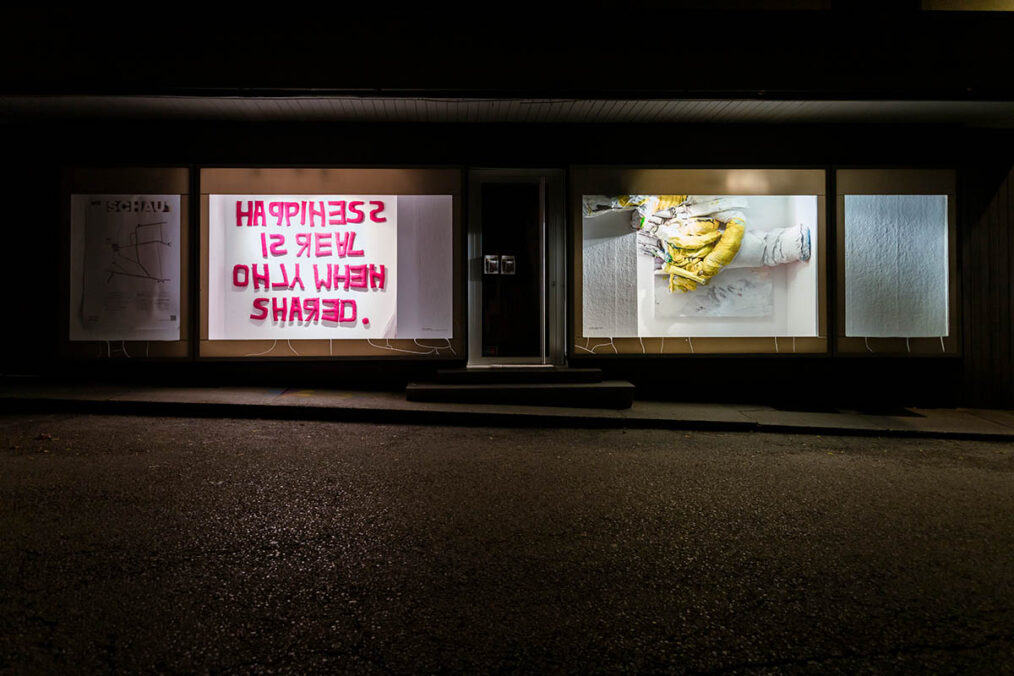
You also had a big opening event with live music and performances. How important is that festival atmosphere, especially in a rural town like Haag?
It’s incredibly important. The opening was about visibility, and I mean literally! We closed off a street for cars to not drive in, we got permits, and we set up a stage. Reinhard Reisenzahn handled the technical side, as always. People could walk freely, engage with the windows, and listen to music. That kind of shared, public experience is rare and much appreciated here. We also see it as part of our artistic practice, blurring the lines between visual arts, sound, performance, and social experience. Some of the musicians are interdisciplinary artists themselves, like Alicia Edelweiß, who brings storytelling, visual elements, and costume into her performance on the stage.
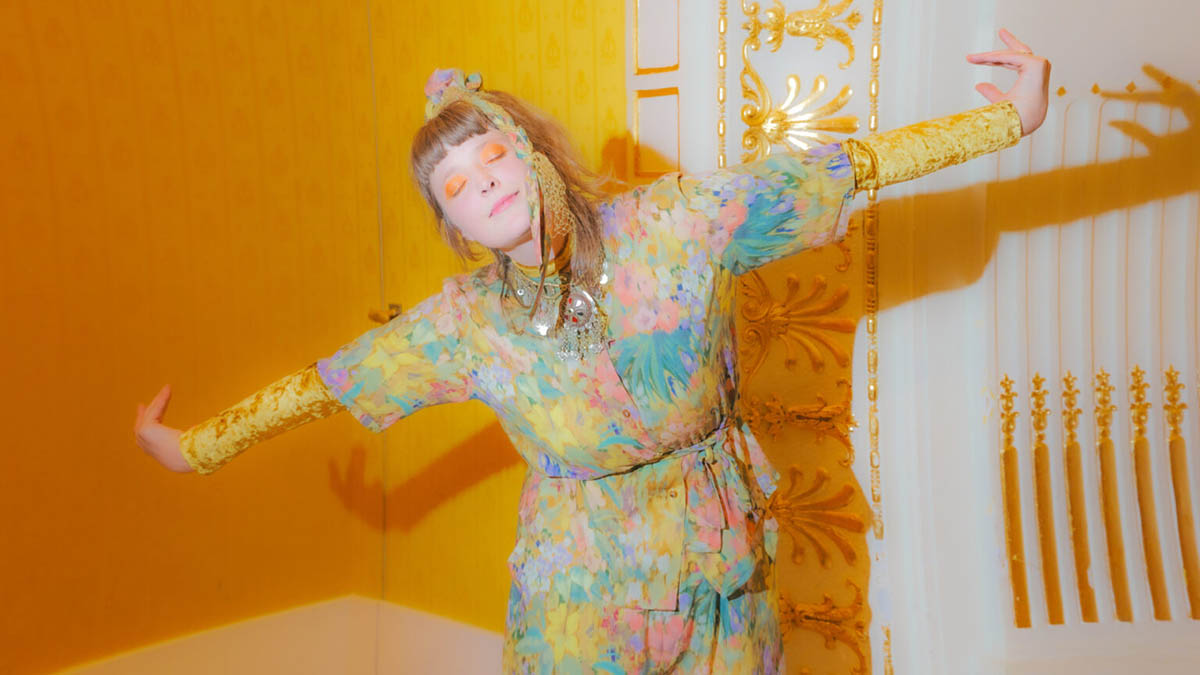
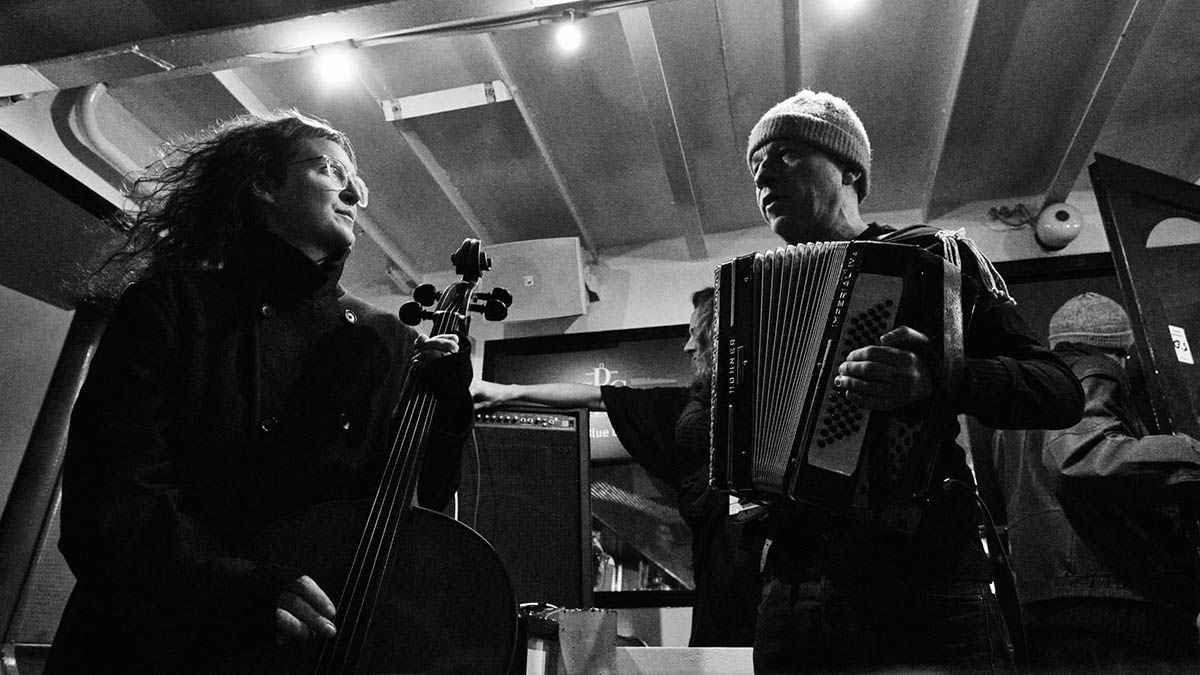
And the atmosphere? What’s it like?
We wanted to create a nice evening for everyone, a platform where people could meet and where artists could be seen and heard. People reacted positively. Especially with the closed street, that was a big success. It took a lot of effort, but it was worth it.
The format of the event, SCHAU, was already designed to include a mix of media.
Yes, absolutely. We always try to include work that operates in different media: sound, video, photography, installation, painting, performance. We want to represent the broadest possible idea of what art can be. The whole setting is very open.
Please tell us more about one of the works presented in this year’s edition.
For example, take the work of Julia Zastava. Julia is a visual artist working with drawing, video, sound, installation, stage design, and performance. Her installations are based on speculative fiction. She transforms everyday objects in a surrealistic manner, giving them new meanings and creating poetic moments of disorientation. She creates a narration and asks questions like “what if…?” Sometimes the objects move or make noises, and it’s absurd or funny.
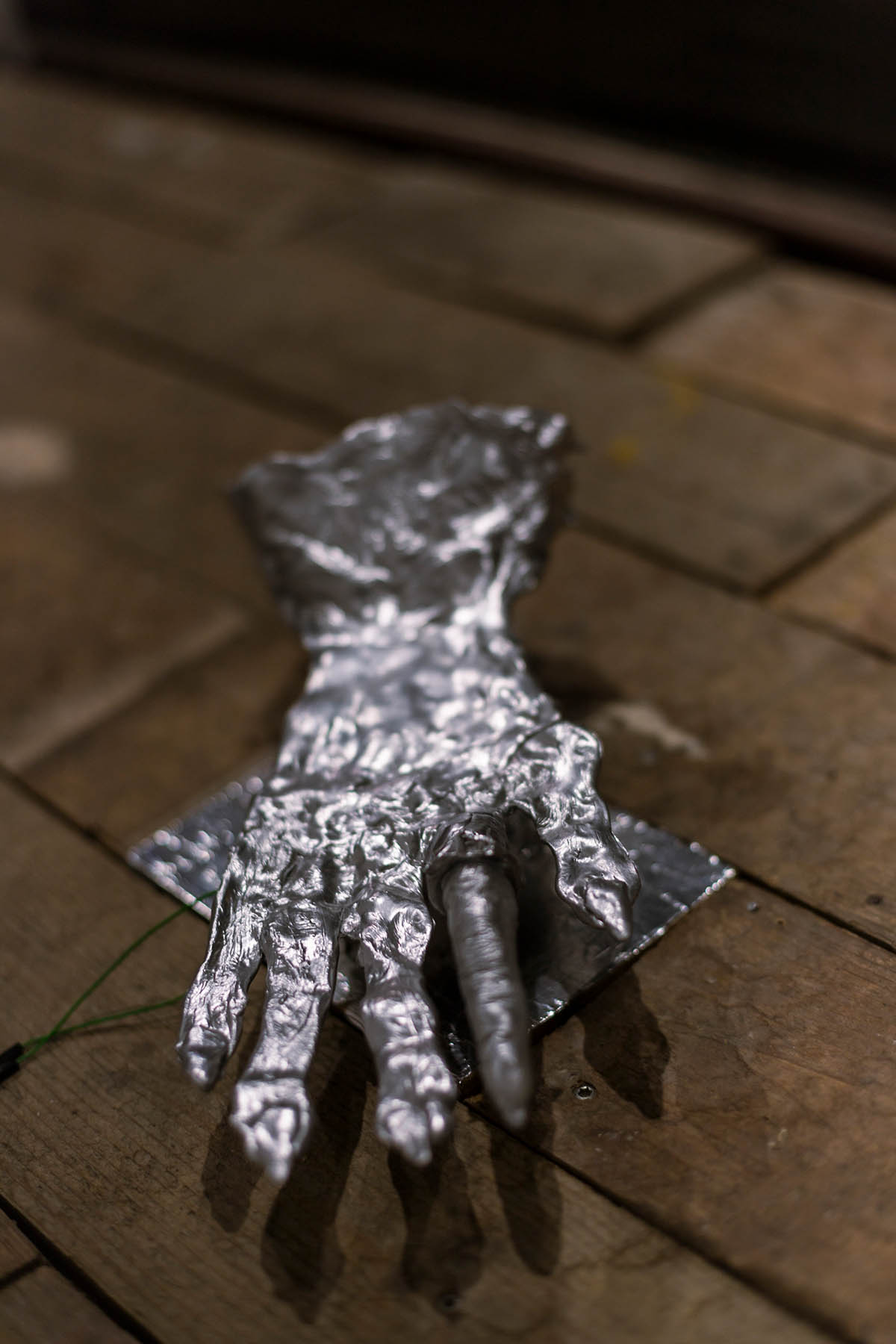
Can you share one moment of positive feedback and one that made you question or reflect?
For the negative, I feel it is always hard to hear them, but also, we’ve come to accept that you can’t change every mind. Some people just don’t want to engage. On the positive side, for example, during the opening last week, we offered guided tours through the city to all the different art locations. People who don’t usually connect with contemporary art came. And they told us how exciting and informative it was to hear the artists talk about their work, their backgrounds, and the stories behind the pieces. That dialogue made the work accessible. It showed that sometimes people just need context, not a lecture, but a story, a voice.
Artists are out there, shaping visions of the future, long before anyone else does. You’re clearly working not just in the art scene, but also socially, activating space for people, not just for art.
We’re creating a model, however small, for how life in rural areas can be more vibrant, more connected. That’s what it’s about. We’re realists. But we keep going because we believe in it.
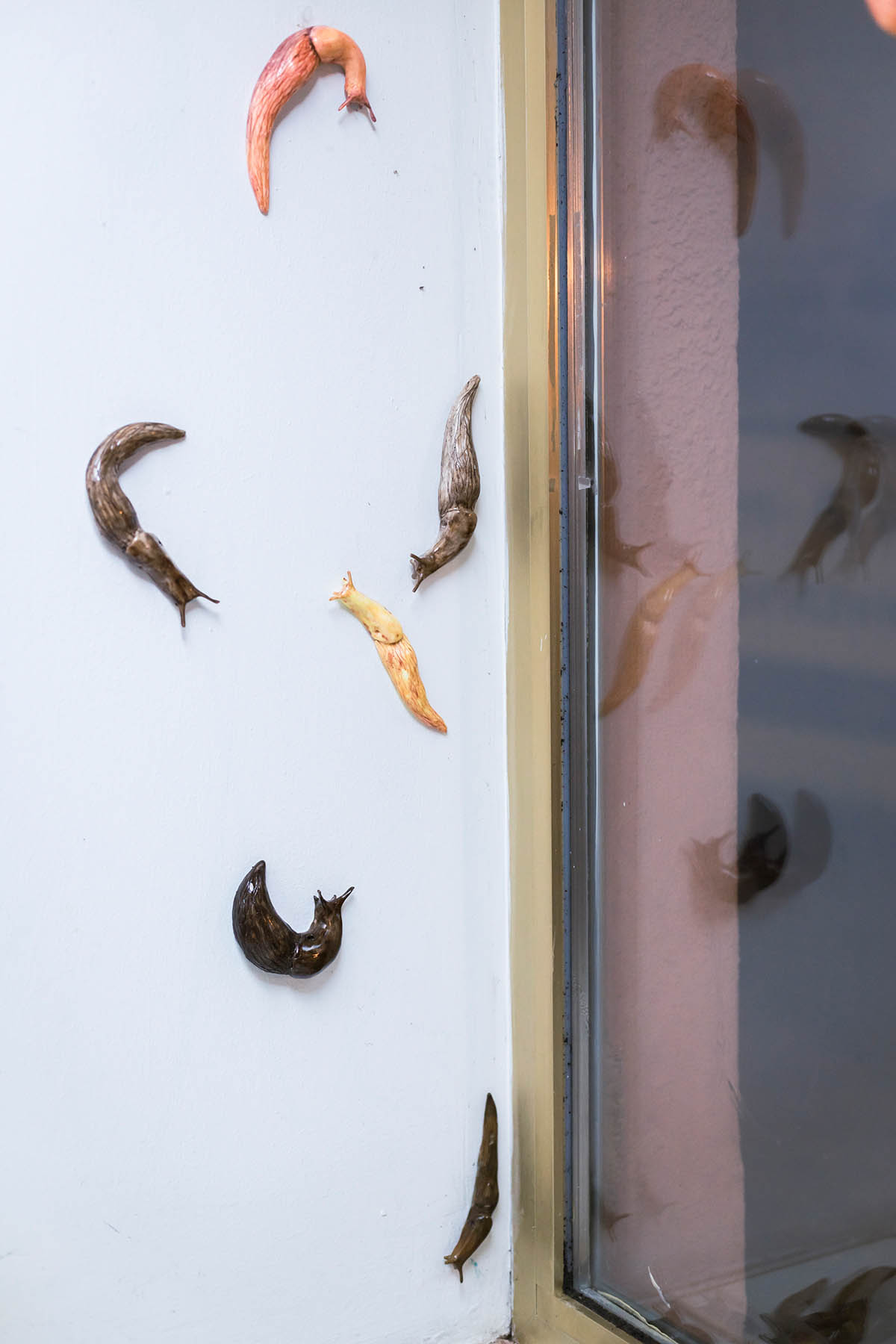
“ent” is working on multiple layers: community, art, and space activation. What keeps you motivated in this work?
I think it’s the belief that art should be for everyone, not just in white cubes or big cities. If someone walks past a shop window and has their first meaningful encounter with contemporary art or art in general, that’s already a success. And maybe it leads them somewhere else, to a museum, to a discussion, or to making their own art. And for me, it’s also about memory, identity, and place. The town center is where people used to meet, talk, and live. If we can bring even a little bit of that spirit back through art, through dialogue, it’s worth all the effort.
The exhibition project SCHAU* transforms vacant shop windows in the city center of Haag into unique venues for contemporary art. Passersby can discover the works by chance or engage with them more deeply through guided tours. The opening takes place in front of the „ent“ Kunst- und Kulturwerkstatt and is accompanied by live concerts. Traditionally, spaces of consumption, shop windows, are here reimagined as places of communication. They connect interior and exterior, spark sociopolitical discourse through the art on display, and open up new perspectives. The asterisk (*) in the title highlights diversity and transformation, core values of the format, which sees art as a catalyst for exchange and reflection.

Participating Artists: Katya Dimova, Amanda Frøslev Koch-Nielsen, Lisa Großkopf, Hannes Gröblacher, Safina Kimbokota, Christine Schörkhuber, Olga Shcheblykina, and Julia Zastava
Exhibition project: SCHAU*
Exhibition duration: 14 June–20 July 2025
Venue: City Centre of Haag, 3350
To register for one of the free guided tours, please contact info@verein-ent.at. The tour begins at the Kunst- und Kulturwerkstatt ent. For more information, visit www.verein-ent.at
The MOST/4 Festival 2025 runs until July 20th and takes place in the venues of the Mostviertel region. Find out more about the entire program at: www.viertelfestival.at
With the Viertelfestival, the state of Lower Austria has created a platform that is open to artists and cultural workers, creative individuals, as well as cultural initiatives, municipalities, small regions, schools, and companies from the four regional quarters. The Viertelfestival consists of four individual festivals, which take place in a four-year cycle from May to August, each time in one quarter of the state – Industrieviertel, Mostviertel, Waldviertel, and Weinviertel. The Viertelfestival focuses on a variety of cultural projects at different venues throughout the entire quarter.
Verein ent is an association for the promotion of art and culture in rural areas. It has been organizing events at the Open Art and Culture Workshop in the city of Haag, Lower Austria, and at other locations in Haag since summer 2022. As a local cultural provider, the annual program offers a diverse program with window displays, concerts, performances, readings, and workshops. In addition, three studio spaces have been set up on the association’s premises.
Isabell Kneidinger (born 1977 in Steyr) is a painter and art educator based in Vienna and Haag, Lower Austria. She studied art history at the University of Vienna and painting at the University of Applied Arts.



